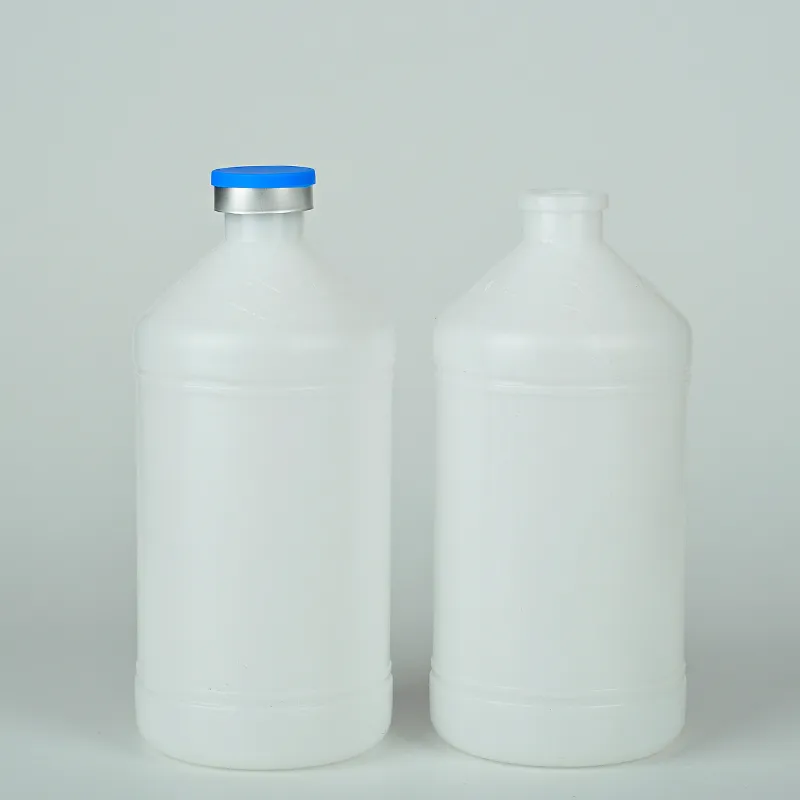using petri dishes to grow bacteria
Growing Bacteria Using Petri Dishes
Growing Bacteria Using Petri Dishes
To begin the process, a nutrient-rich medium—commonly agar—is prepared and poured into the Petri dish. Agar serves as a solid substrate that provides essential nutrients and moisture, encouraging bacterial growth. Once the medium cools and solidifies, it is ready for inoculation. The inoculation process involves transferring bacteria onto the agar surface using sterile techniques to avoid contamination. This can be achieved using a sterile loop or swab to collect bacteria from a sample, such as soil, water, or a swab from a surface.
using petri dishes to grow bacteria

The inoculated Petri dish is then incubated under controlled temperature and conditions, which are tailored to suit the specific type of bacteria being grown. During incubation, bacteria multiply rapidly, forming visible colonies on the agar surface. Observing these colonies can provide insights into the morphology and growth patterns of different bacterial species. Some colonies may appear small and round, while others could be large and irregular. The colors and textures of the colonies can also vary, allowing researchers to make preliminary identifications based on visual characteristics.
Growing bacteria in Petri dishes serves a wide range of applications. In clinical laboratories, this technique is essential for diagnosing infections by isolating and identifying pathogenic bacteria from patients. In educational settings, it helps students understand microbiological concepts and practice aseptic techniques. Additionally, researchers use Petri dishes in studies related to antibiotic resistance, as they can introduce various antibiotics to the culture and observe bacterial growth in their presence.
In conclusion, using Petri dishes to grow bacteria is a versatile and straightforward method that is indispensable in microbiology. Whether for educational, clinical, or research purposes, this technique provides a window into the complex world of microorganisms, enabling scientists to explore their properties and interactions effectively. As we continue to delve deeper into microbial life, the importance of mastering such fundamental techniques cannot be overstated.
-
Aesthetic Makeup Spray Bottles | Fine Mist Empty RefillableNewsAug.19,2025
-
White Plastic Veterinary Vaccine Vials | Lab Liquid BottlesNewsAug.18,2025
-
Plastic Medicine Liquid Bottle: Secure Flip Top Drug VialsNewsAug.17,2025
-
Durable 250ml Blue Plastic Vaccine Vial for Lab & Vet UseNewsAug.16,2025
-
Sterile Virus Sample Tubes: Secure & Reliable Specimen CollectionNewsAug.15,2025
-
White 250ml Plastic Vaccine Vial for Lab & Vet MedicineNewsAug.14,2025
























